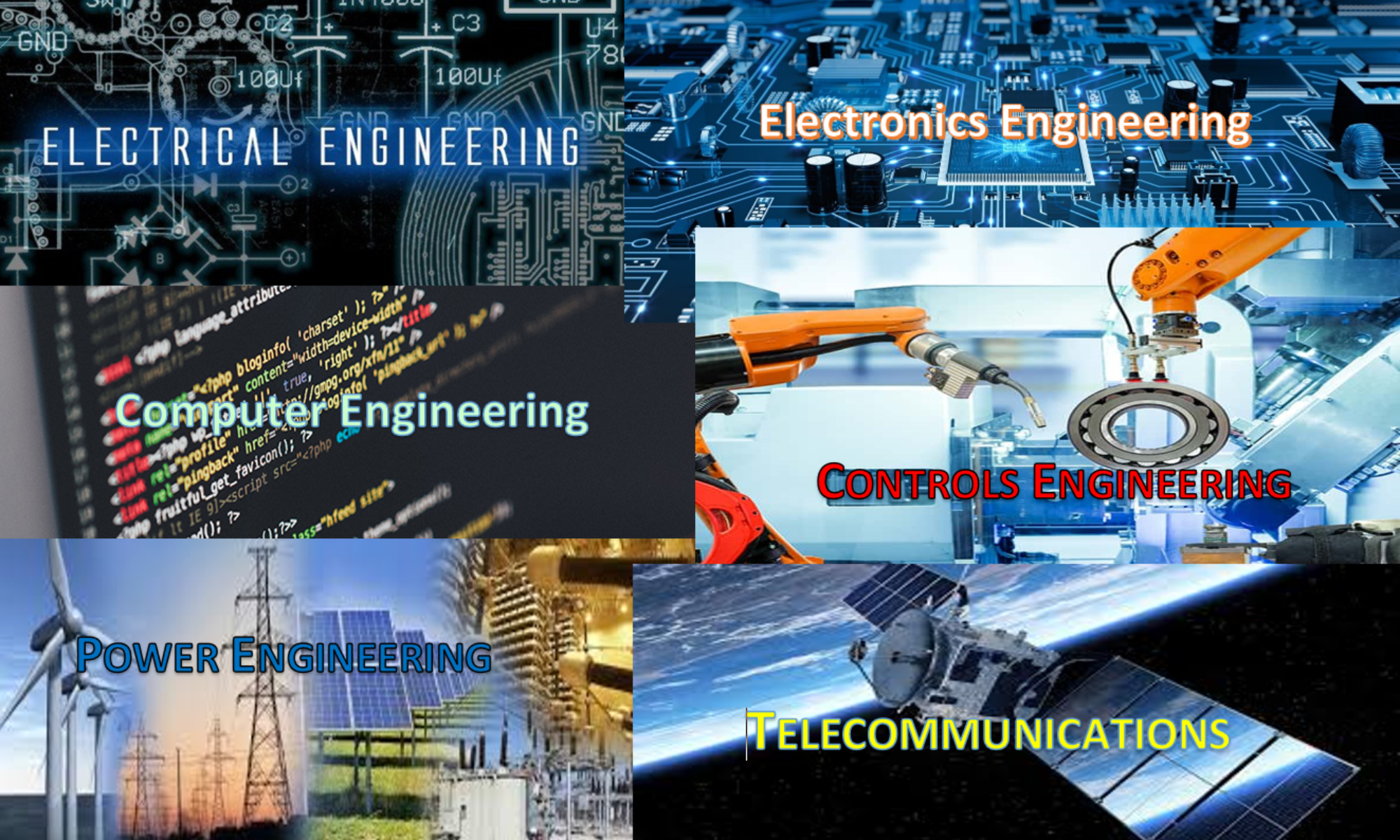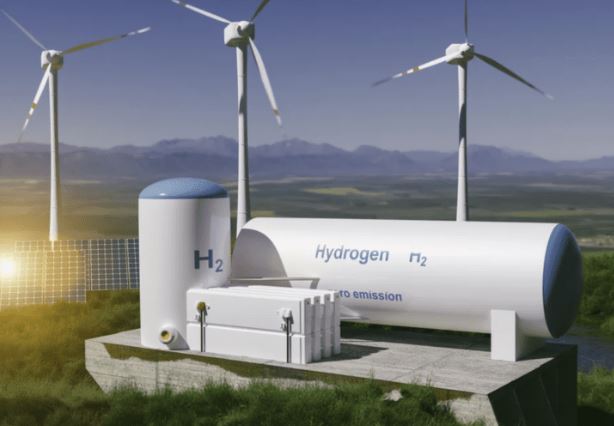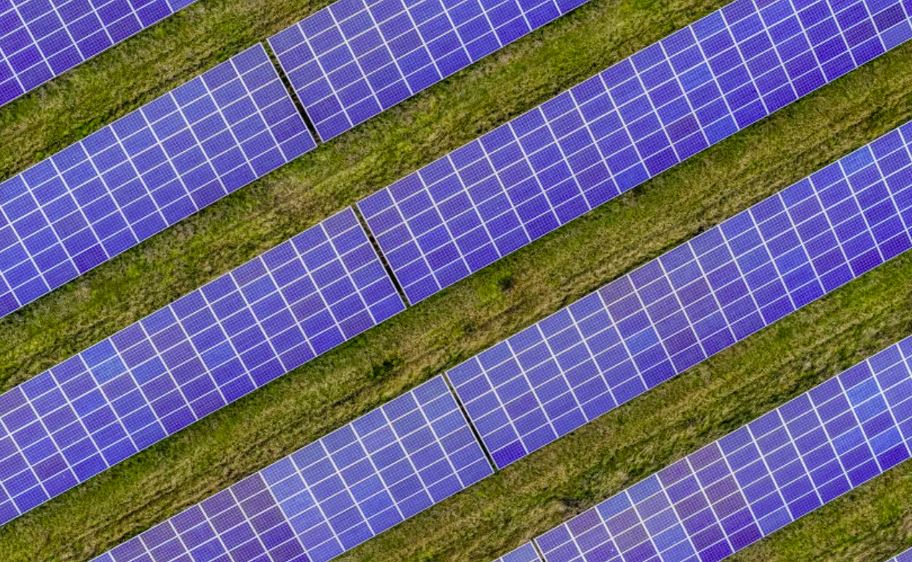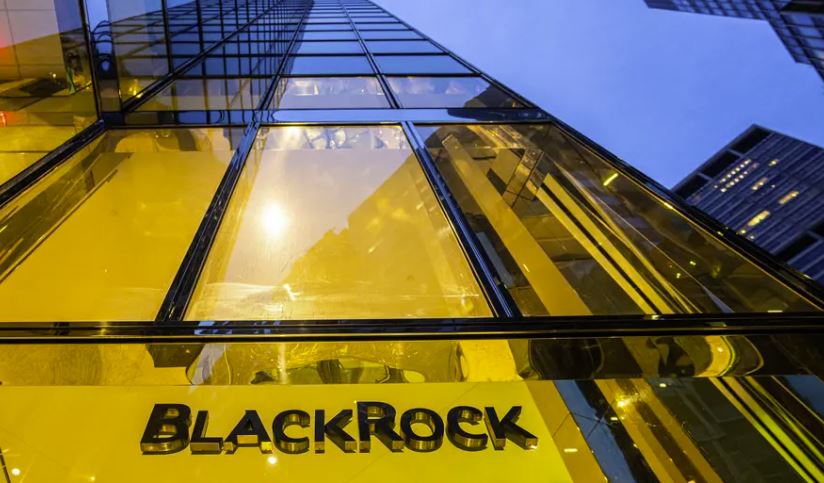Renewable Energy World.com by Jeremiah Karpowicz:
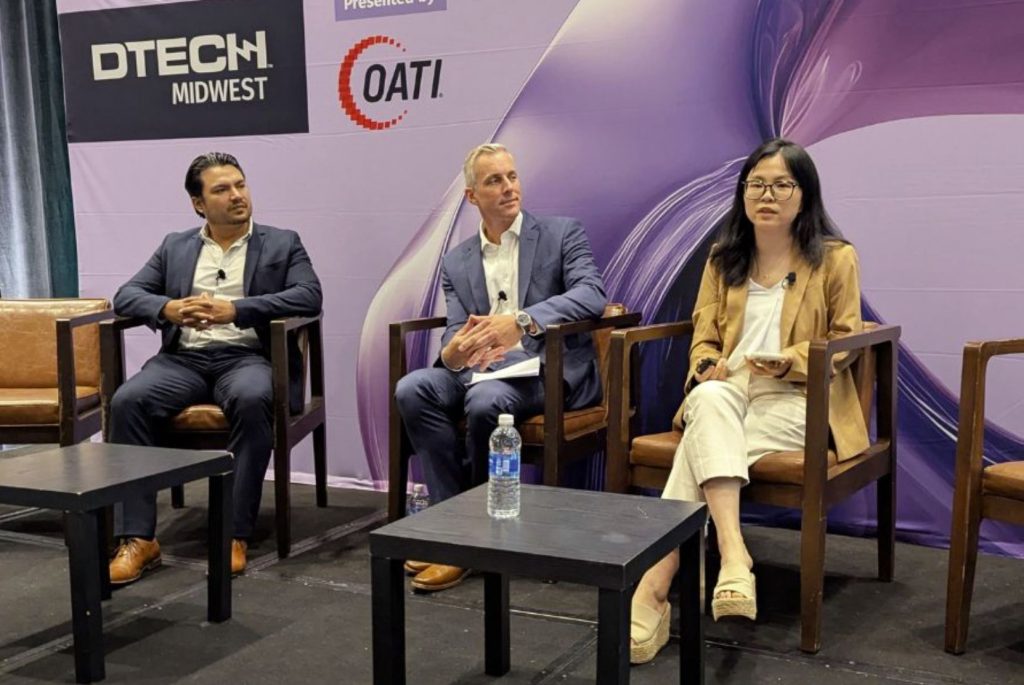
At the DistribuTECH (DTECH) Midwest Conference in Minneapolis, Minnesota, major discussions have taken place on how AI is used to benefit end users. A panel discussion comprised of power utility and electric cooperatives, led by “Fie Ding from the National Renewable Energy Laboratory (NREL), the panel benefited from her work at NREL, which is connected to developing advanced models and controls for managing grid-edge resources.
These models go far beyond traditional meter data, fundamentally altering how utilities use information in a way that will redefine what customers see and expect in their monthly billing statements.”
